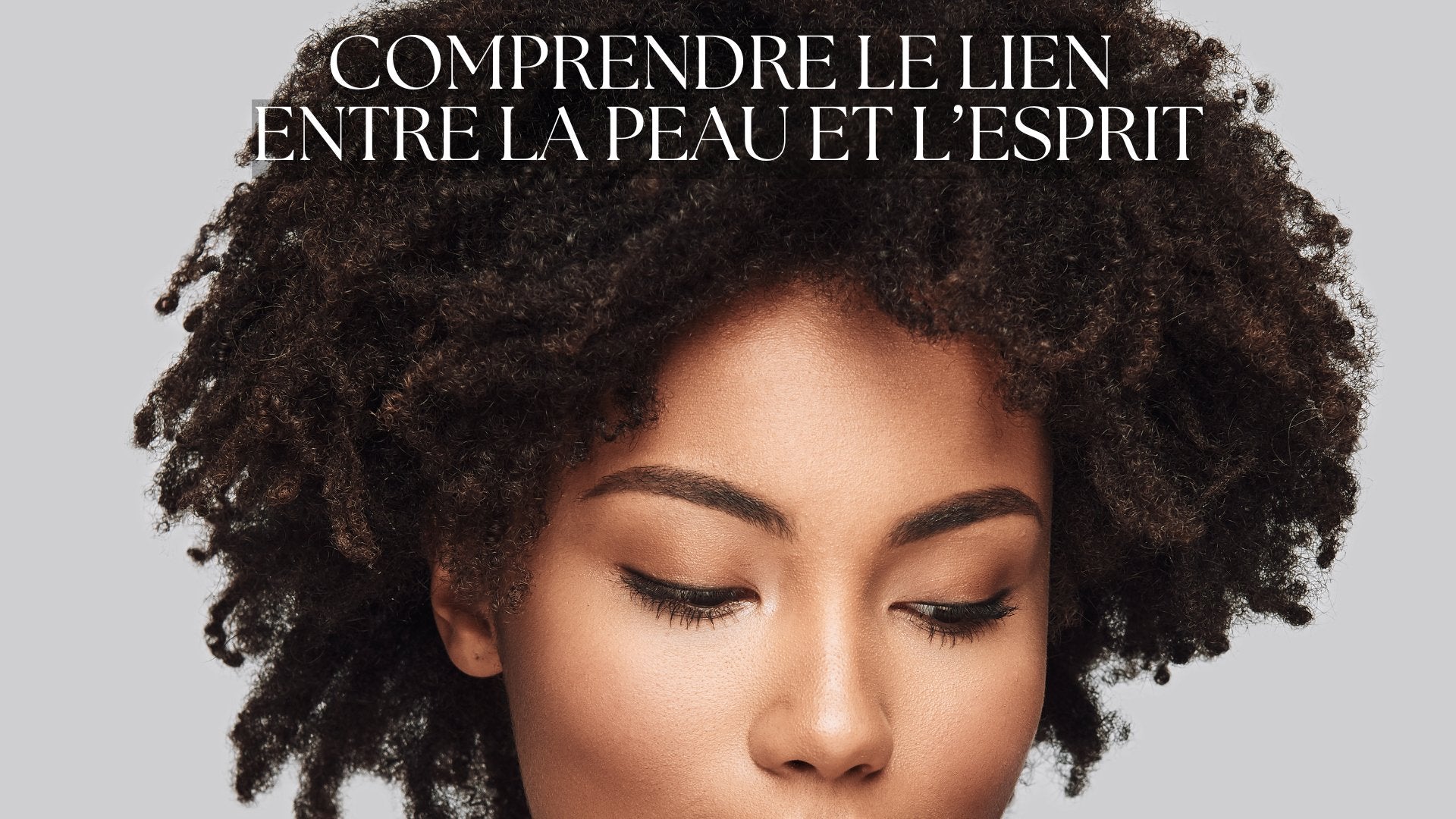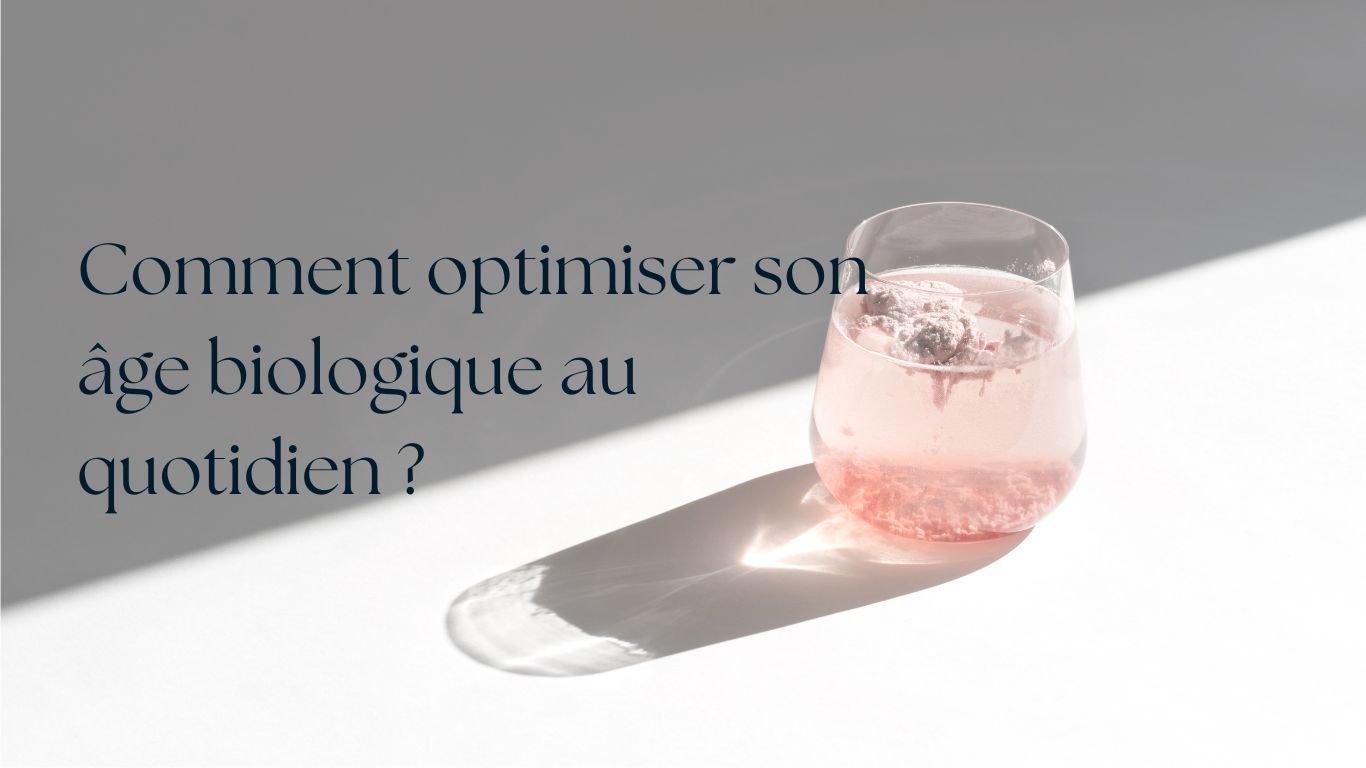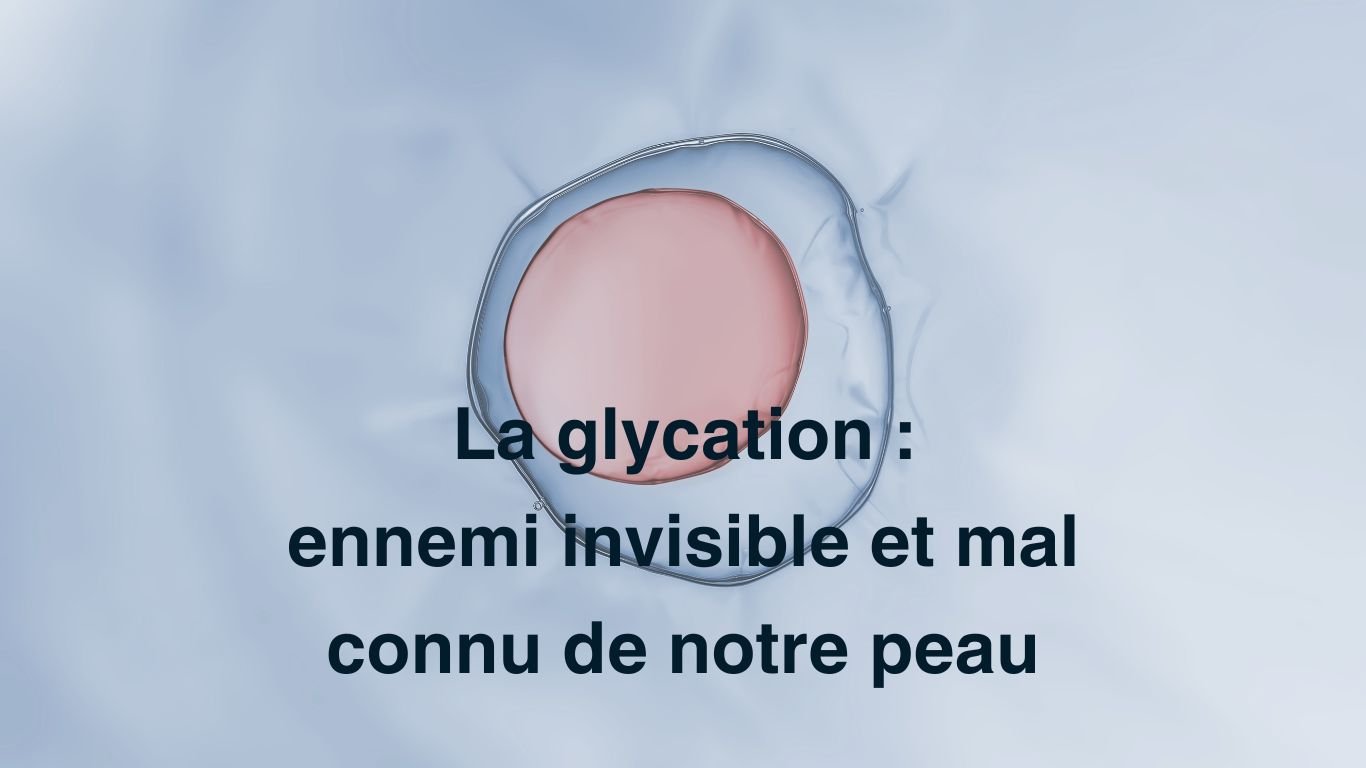Little known, “sun capital” is a tool, an approach, a way of seeing your skin life from a more reasonable angle.
Useful to help you adopt healthy habits to optimize the lifespan of your skin, this notion is not a scientific metric strictly speaking but allows you to better understand why and how to maintain beautiful skin as you age.
Let's discover together how to evaluate and preserve your sun capital by exploring your phototype and its properties.
What is sun capital?
Publicized in the heart of summer, “sun capital” or “solar capital” is a simple concept allowing you to understand the duration and intensity of sunshine that your skin can withstand throughout its life.
The reason why it is vital to respect it is that once exhausted, this solar capital leaves room for increased risks of developing cancers, starting with skin cancers.
The skin and its protective mechanisms: the limits of self-repair
Is a sunburn really serious?
After all, we just need to coat ourselves with moisturizer, “molt” by removing the “dead skin” and we are ready to enjoy the sun again after “having a new skin”.
Not quite !
While the human body has incredible resilience in many respects, it also has its limits.
Indeed, UV rays expose the DNA contained in our cells to pressure which can cause it to change: we speak of “genetic mutation”.
Our body's “natural defenses” in this regard reside in mechanisms for correcting genetic errors.
In other words: our body harbors cancer cells at all times but it is capable of regulating their quantity by identifying and eliminating them to preserve the vast majority of healthy cells.
Unfortunately, various factors (notably UV rays) add pressure on these natural defenses which find it increasingly difficult to keep cells functioning normally over time.
Solar exposure limits vary from one individual to another
In addition, this sun capital varies from one individual to another since each skin has its own properties.
Fortunately, to simplify the problem in order to deal with it more effectively, it is possible to find common points.
Melanin, for example, a pigment present in the skin and the quantity of which gives us a more or less tanned complexion, is universally present in every individual (with the exception of people with specific skin conditions such as “albinos”). .
This means that we can take an indirect measure of our sun capital by looking at elements visible to the naked eye.
We then say that it is possible to understand the extent of our limits when observing our “phenotype” (external signs).
The phototype: an element of phenotype to master in order to shine at any age
In this regard, several methods exist and each of them is an approach in its own right.
However, they are all based on the same postulate: each skin can be understood in the light of its characteristics.
Certain skins thus go naturally together, grouped by specific classification criteria.
When it comes to determining how to take care of your skin against the sun's rays, the most relevant approach is that of “phototypes”.
Classification of phototypes: a systematic organization of skin types
Whether your skin is rather tan or a pale pink, the simple fact of having skin allows you to position yourself on the spectrum of phototypes.
This classification is broken down into 6 main groups (which can be broken down into subgroups if necessary), bringing together skins in order of increasing photoresistance:
- Group I: so-called “Celtic” or “white” skins;
- Group II: so-called “Nordic” or “European” skins;
- Group III: so-called “blonde” or “dark-haired” skin;
- Group IV: so-called “Latin” skin;
- Group V: so-called “Arab”, “Asian” or “Indian” skins
- Group VI: so-called “dark” or “black” skin;
If skin classified as phototype I has very low resistance to the sun's UV rays and must therefore be very vigilant, those with phototype VI have much more latitude since they benefit from much greater natural protection.
However, it is essential to remember that regardless of the group to which a given skin belongs, it remains vital to know its limits and to know how it is possible to best protect it.
Indeed, this “enlightened” approach allows you to maximize your skin life expectancy to enjoy the sun while avoiding aesthetic inconveniences or even skin concerns that could become health problems.
What skin do you have?
A few easy to note elements allow you to determine your phototype. Ready to determine yours and discover its characteristics?
Phototype I: sun in very small doses!
Is your skin pale or pink? Do you have freckles and/or your hair pigmentation is more red? You are part of phototype I!
Although there are sunscreens suitable for all phototypes, this does not mean that it is possible to sunbathe without ever looking at your watch.
This is especially true if you are part of phototype I!
Very sensitive to UV rays, your skin can burn very quickly, even when you are only exposed to the reflection on very absorbent materials.
Worse still: the sun is capable of making you age prematurely even when it hides behind clouds!
Some studies, such as the one published in 2020 by a research team led by Ankur K. Jindal (1), focus on the place of phototype in the factors determining the time of sun exposure necessary for the fixation of vitamin D.
The problem is multifactorial (genetics, age, skin condition, stress, sleep level, diet, power of the sun during exposure, etc.).
However, a simple rule is commonly accepted: 5 to 10 minutes (maximum) of reasonable sun exposure, as long as the index of the sun cream used is suitable for the phototype (generally 50 for an I phototype).
Phototype II: sunscreen is your best friend
To a lesser extent than phototype I, this category still remains very sensitive to UV rays.
A cream with an index of 40 to 50 remains appropriate for a similar exposure time.
To know if your skin belongs to this group, you just need to notice how difficult it has been for you to tan in your life.
If phototypes I are systematically subject to sunburn, phototypes II can tan somewhat but to a very small degree. This allows you, depending on the intensity of the sunshine, to enjoy 10 to 15 minutes of continuous exposure without burning.
Phototype III: learn to appreciate summer shade
Phototype IIIs can much more easily enjoy walking in the sun with their 15 minutes of protected sunshine at less cost to their skin.
Even more, their skin allows them a much more interesting window of time (around thirty to around forty minutes), as long as they agree to enjoy it in the shade, lit by the reflection of the rays.
However, it remains vital, in order not to damage your sun capital too significantly, to remain measured by following the right gestures, namely: apply sunscreen with at least an index of 30.
Phototype IV: tanning becomes possible
So-called “Latin” skin can be recognized by its natural pigmentation which, even in the absence of regular exposure to the sun, gives it more interesting UV protection than previous phototypes.
Phototype IV can thus benefit from sunbathing for a good twenty minutes (or even thirty) with a cream indexed from 20 to 30.
If of course skin differs individually, this approximation explains the rarity of sunburn on summer vacation for phototype IV skin.
Phototype V: laze around but… not too much!
Lounge chair, cocktail… but where is the parasol? Phototype V skin is generally darker and is inherited through the genetics of certain ethnic groups.
This explains their nicknames like “Indian skin” or “Arab skin” for example.
The level of pigmentation of phototype V epidermis guarantees significantly greater resistance to UV rays.
This makes it much easier for them to bask in the sun. In other words: these skins can benefit from exposure to sun index 10 or more for around twenty or thirty minutes.
Phototype VI: don't overdo good things
With “absolute” resistance to UV rays (relatively, in reality, to other phototypes), phototype VI skin is the most able to enjoy the summer.
Once protected with a factor 8 to 10 sunscreen, it seems like nothing can stop your skin.
So take advantage of relaxing during this summer period but be careful not to overindulge in the good things!
Although robust, your skin can also burn under the midday sun and several hours of exposure will end up being harmful to it.
The indices of sun creams and your skin aging
As you already know, the higher the sun index, the more the corresponding cream protects your skin from “sunburn”.
This is why phototypes I should prefer creams with an index of 50 while phototypes VI can use creams with an index of 10.
But to understand the logic of these indices, we must understand their meaning.
When you choose an index 10 product, this means that the cream you spread on your skin will let one tenth of the UV rays received from the sun pass through.
In other words, this means that the protection offered by an index 10 cream is 90%, since only 10% of UV rays will be “allowed” to reach your skin.
This figure says a lot about the fragility of the skin when exposed to the sun. Indeed, if the most robust skin is advised to filter UV rays by 90%, it is because the biochemical reactions occurring in your body under the effect of UV rays are such as:
- You expose yourself to premature aging of your skin visible in just a few years when you leave it exposed regularly without protection (even for short periods);
- You considerably increase the risk of developing skin cancer in the years following.
Why use a food supplement for good skin health?
The sun is therefore a necessity for your morale and your health but it is also dangerous if you do not protect yourself correctly.
Among the biochemical reactions leading to premature aging, oxidation of your cell walls ranks as a major factor.
In this sense, appropriate sun protection must go hand in hand with a diet sufficiently rich in antioxidants, in order to contribute to the neutralization of free radicals whose presence causes the triggering of oxidative stress.
In this regard, dietary supplementation remains your most valuable ally since targeted nutrition is the guarantee of sufficient intake of the antioxidants you need in just a few practical, everyday actions.
A range suitable for all skin types
It is based on this observation that MyPureSkin has integrated antioxidants scientifically recognized for their effectiveness into its anti-aging food supplements.
Placing Nature and Science at the heart of their formulas as always, our collaborators have worked together to produce a range capable of adapting to your different needs while retaining key properties: those of our heart of the formula.
In doing so, each of our nutricosmetics offers the advantage of being effective for any phototype.
Choose your food supplement according to your needs
Before, during and after summer, taking care of your skin requires an adapted health routine, placing sunscreen at the heart of your daily routine and an anti-aging food supplement adapted to your needs.
MyCollagenLift, MyCollagenGlow and MyCollagenRepair each have different objectives but will offer you a combination of antioxidants (thanks to their vitamins and SuperOxide Dismutase), collagen peptides and hyaluronic acid relevant to any age and time of year.
MyCollagenLift to preserve your beauty capital as you age
Awarded at the Victoires de la Beauté and celebrated by our consumers for the anti-aging properties demonstrated following a clinical trial, MyCollagenLift goes beyond commonplaces.
Recognized as an “exceptional quality product to combat oxidative stress” by the IEA (European Institute of Antioxidants), this premium nutricosmetic can be consumed at any age with a view to preventing, supporting and mitigating the consequences of aging process, especially in your skin.
MyCollagenGlow to regain your glow
However, some of you are looking for a more targeted solution to maintain the homogeneity of the complexion, the quality of the nails and the scalp.
That’s why we came up with MyCollagenGlow.
As an extension of the MyCollagenLift initiative, this nutricosmetic sees its core formula enriched with prebiotics such as galacto-oligosaccharides in order to strengthen skin protection against pathogens by intervening during the digestion process.
MyCollagenRepair for sports fans
Finally, those looking for an ally for their physical recovery will find the active ingredients they need in MyCollagenRepair.
Thanks to its rosmarinic acid and silymarin, the contribution it makes is very appreciable in terms of stabilizing your vitality and accelerating the cell renewal process of your skin, muscles and joints.
MyPureSkin philosophy: beyond your choice, take care of yourself
Beyond the contingencies of the seasons, trends and changing realities specific to each age, MyPureSkin above all offers you support in establishing a beauty routine that makes sense.
This is why we first recommend a 3-month treatment to quickly see results on a daily basis and support you in establishing a lifestyle celebrating well-being that will last a long time.
- Study of the risk/benefit balance of sun exposure with regard to phototypes and other factors in children: https://www.ncbi.nlm.nih.gov/pmc/articles/PMC7001416





Share:
Collagen, hyaluronic acid and vitamins: what effects on your skin?
Skin care for men: what are the most suitable daily actions and why?